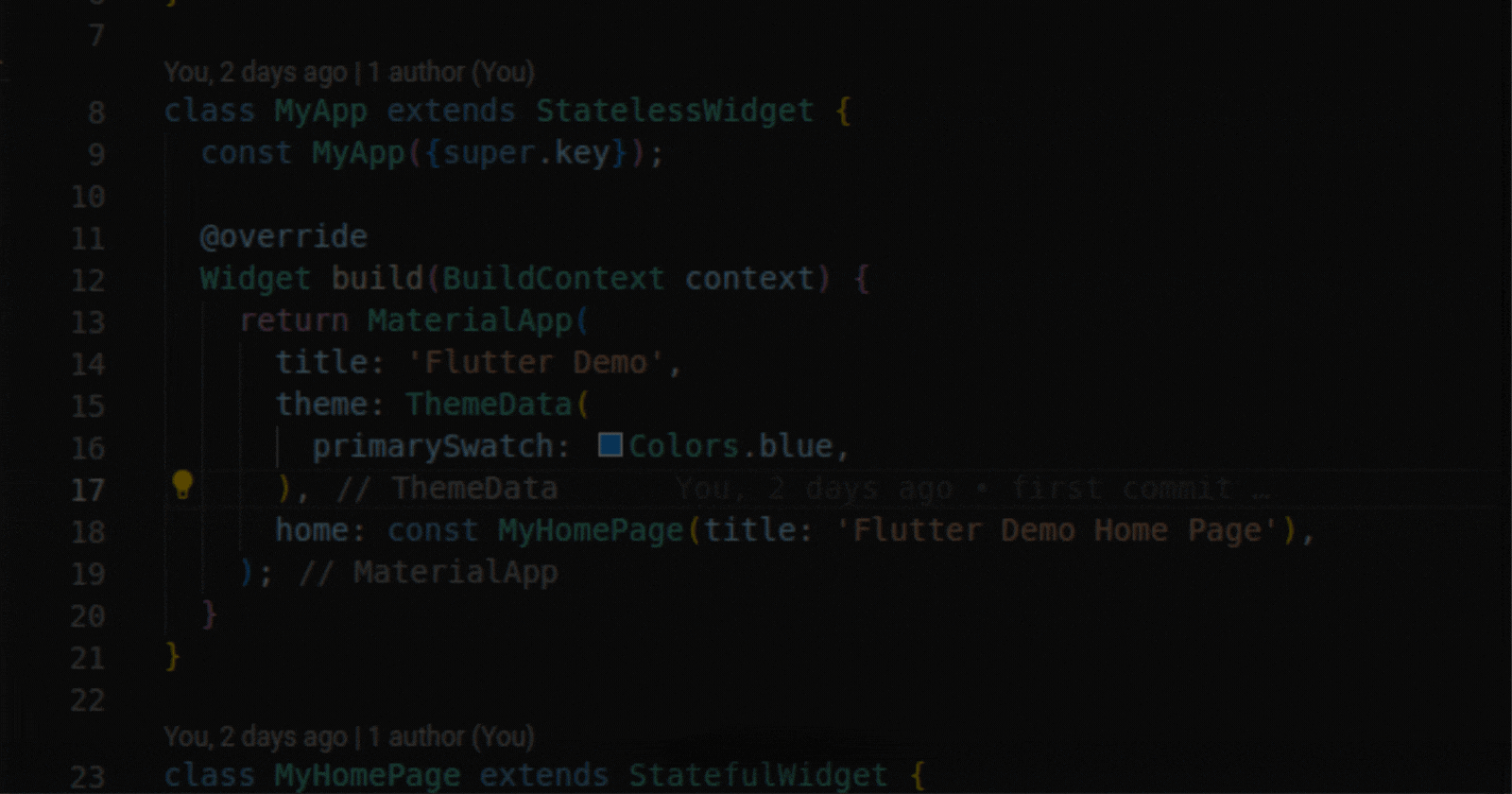
MERN stack in action: Understand the use case with an example | By Ankit Kumar
The MERN stack is a combination of technologies used to develop web applications. It stands for MongoDB, Express.js, React and Node.js. Each of these technologies serves a specific purpose in the development of a web application. Here is an example of how the MERN stack could be used to develop a real-life application:
Imagine you're building an e-commerce platform, where users can browse and purchase products.
MongoDB: In this case, MongoDB would be used to store the data for the products, users and orders. MongoDB is a document-based database that can handle large amounts of data and provide flexible, scalable data storage.
Express.js: Express.js would be used to handle the backend logic of the application. Express.js is a framework for Node.js that makes it easy to create web applications and APIs. It would be used to handle requests from the React front end, such as retrieving data from the MongoDB database and processing user input.
React: React would be used to handle the front-end logic of the application. React is a JavaScript library for building user interfaces. It would be used to create the various pages of the e-commerce site, such as the homepage, product page and shopping page.
Node.js: Node.js would be used to run the JavaScript code on the server side. It would be used to run the Express.js server and handle all the requests from the React front end.
With MERN stack we can build a full stack web-application that can handle the data management, server-side logic, and the UI components. The above example is just a simple one,but the MERN stack can be used to build a wide range of web applications, from simple blogs to complex enterprise system.